I followed a tutorial about an image classifier using Python and Tensorflow.
I'm now trying to apply deep learning to a custom situation. I made a simulation program of sellers/buyers where the customers buy a stone following its wishes. The stones have a color, a size and a percentage of curve. The nearest of the customer wished values the stone is, the more the customer is able to pay. For the seller, the rarest the stone is, the higher the price should be. Then the program generates 100.000 purchases of a stone to feed a neural network which will try to beat others sellers. The dataset is looking like that :
I'm now trying to create my neural network. In the tutorial, he is using two Conv2D layers with a relu activation function and a MaxPooling2D, then a Flatten layer, a Dense layer and finally another Dense layer with a sigmoid activation function.
After reading some documentation, I found that the Conv2D layer is for a matrix but my data is already flat, so I prefer to use only Dense layers.
My first question is : does my neural network need a dense layer with a relu function like that :
model.add(Dense(64, activation='relu', input_dim(3)))
If my program generates only positives values ?
My second question is : does my neural network need a sigmoid function if I already normalized my data to make them between 0 and 1 by dividing them like this ? :
X[:,0] /= 256.0
X[:,1] /= 50.0
X[:,2] /= 100.0
These values are the max value of each column. So do I need a sigmoid function ?
Actually my neural network looks like this :
model = Sequential()
model.add(Dense(64, activation='relu', input_dim(3)))
model.add(Dense(64, activation='relu'))
model.add(Dense(1, activation='sigmoid'))
But I'm confused about the efficientness of my model. Does my neural network could work ? If not, what kind of layers and activation functions I have to use ?
